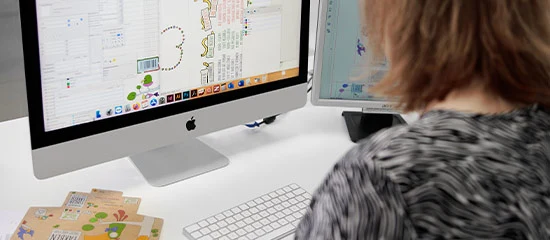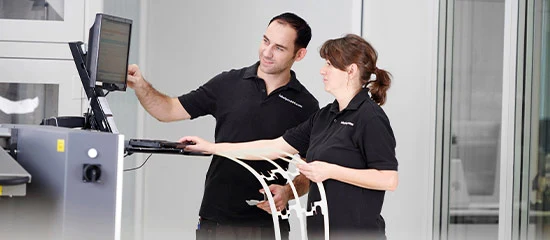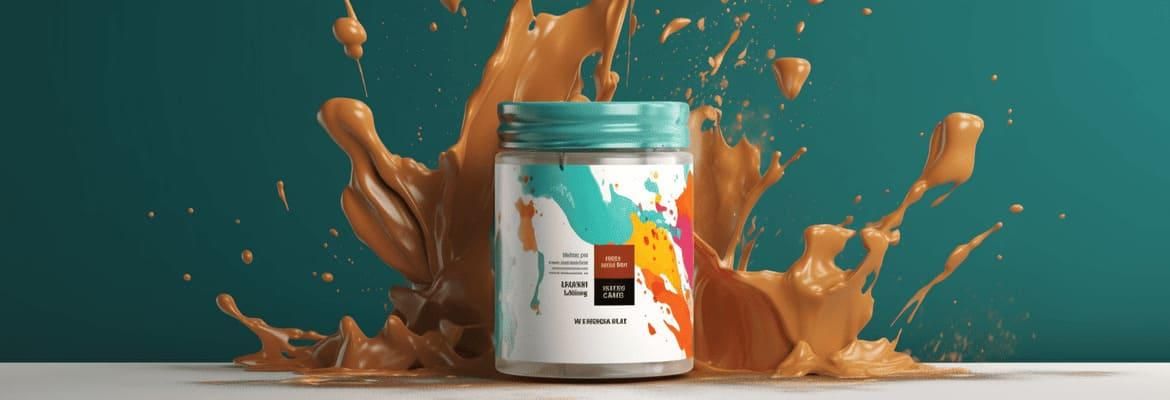
Problem solved - remove adhesive residue from stickers without leaving residue
They are stubborn, annoying and unattractive to look at - few people are happy about sticker residue. Fortunately, there are some helpful methods for removing adhesive residue. Depending on the type of adhesive, removal can vary in difficulty - but with the following tips, you will surely be able to solve the problem.
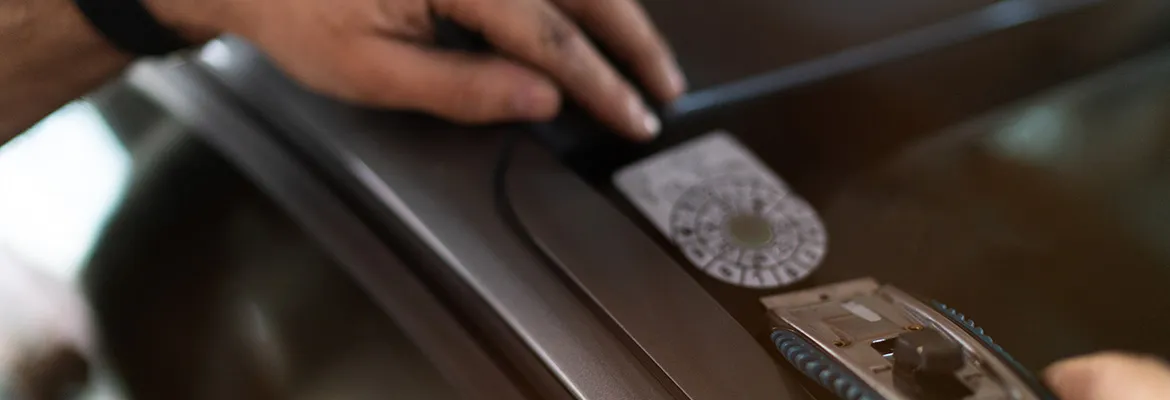
Stubborn labels - problems removing stickers
Labels can be very stubborn. How easy or difficult they are to remove depends mainly on two factors:
- The type of adhesive
- The type of substrate material
Natural adhesives are usually much easier to remove than strongly adhesive chemical types. In addition, some substances stick so well to certain materials or printed packaging that they are almost impossible to remove. Finally, the removal of sticker residues is often difficult because the substrate material is sensitive. Plastic surfaces, for example, must not be processed with too much heat, as the plastic can otherwise deform. Some types of wood also do not tolerate heat. The same applies to soapy water, which can cause the wood to swell. You also have to be careful when scrubbing and scratching so that delicate materials do not get unsightly cracks. All these details must be taken into account when choosing the right method.
Removing adhesive residue - this is how it works
Removing stickers is rarely child's play. With the following methods, however, you can remove most adhesive residues without damaging the material. Try out the different methods or combine two variants with each other. Sometimes stickers can be removed almost completely by one method, so that a second method only needs to be used for particularly sticky residues.

Product Advisor for Labels
Whether it’s a simple roll label or a multi-layered specialty label – I’m your go-to person for questions concerning materials, adhesion, and finishing of labels for the pharmaceutical, cosmetic, food, chemical, and almost any other industry.
"Paper or film? We've got the perfect label!"
I will be happy to help you personally.
Removing adhesive residue with heat
You can remove stickers from many materials with the help of a simple hairdryer. To do this, simply hold the hairdryer on a medium setting in front of the sticker. The distance between the sticker and the hairdryer should be about ten centimetres. The warm air liquefies adhesives and thus ensures that you can remove stickers without leaving stubborn residues. This method is particularly recommended for delicate items such as books, as no liquids or scratching materials can be used here. However, you should be careful with heat-sensitive fabrics. Test early on whether the sticker can be removed. Especially with plastic, you should rather resort to alternative techniques.
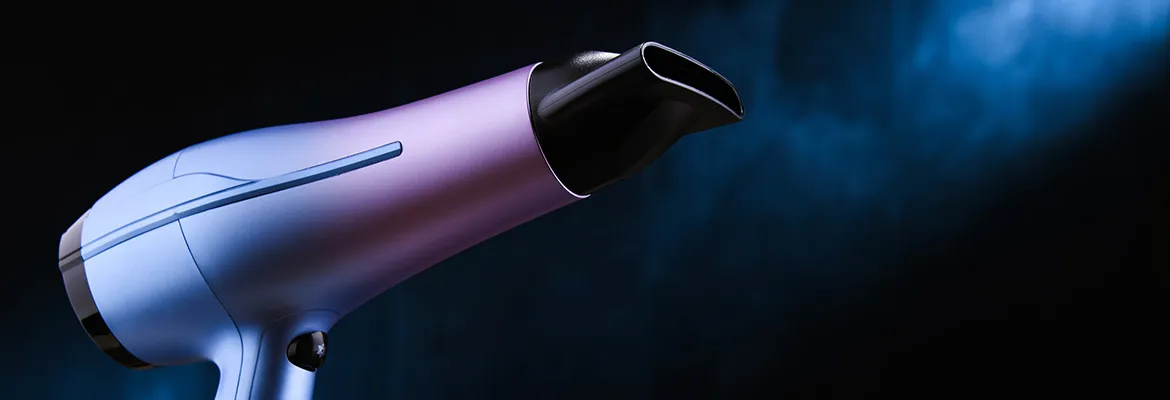
Petrol, turpentine and spirit to remove stickers
A particularly effective means of removing stickers is petrol. You can buy petroleum ether at a hardware store, for example. Alternatively, you can also use spirit or turpentine. These agents dissolve even stubborn adhesives and can be used on many surfaces. The disadvantage is that these substances are not particularly environmentally friendly. A more natural alternative is orange oil. It is rich in natural terpenes and therefore a good alternative to turpentine and the like for removing adhesive residues. Try the oil before resorting to stronger agents. Pure orange oil can usually be found as fragrance oil in household shops, esoteric shops and health food shops.
Remove adhesive residue with dish soap
Simple dish soap can work a small miracle if you want to remove defiant adhesive residues. This method is particularly effective on materials such as glass, porcelain and the like. The dishes are simply washed with dish soap and warm water. Sometimes a little help is needed with a sponge or a hard brush. Washing in the dishwasher can also remove or at least soften the labels. Softened labels can be easily removed after the washing process. Dishwashing detergent and warm water have the advantage that both are already available in the household. In addition, you can simply wash the surfaces with the rest of your dishes. However, particularly strong adhesives can rarely be removed completely in this way. Strongly adhesive substances often have to be treated with a second method.
Lemon - remove stickers with home remedies
Lemon is an all-time favourite household remedy and helps with dirt and limescale, among other things. The acid of the lemon is a true all-purpose weapon in the household. To remove sticker residue, simply rub lemon juice onto the label and let it soak in briefly. Then carefully try to remove the sticker. If the sticker is difficult to remove, you can repeat the process and increase the exposure time. However, be careful with this option - some surfaces, such as certain paints and prints, are acid-sensitive and should not be treated with lemon juice. Like washing-up liquid, lemon juice has the advantage that it is already found in many people's homes. So to remove your adhesive residues, you don't have to run to the nearest specialist shop.
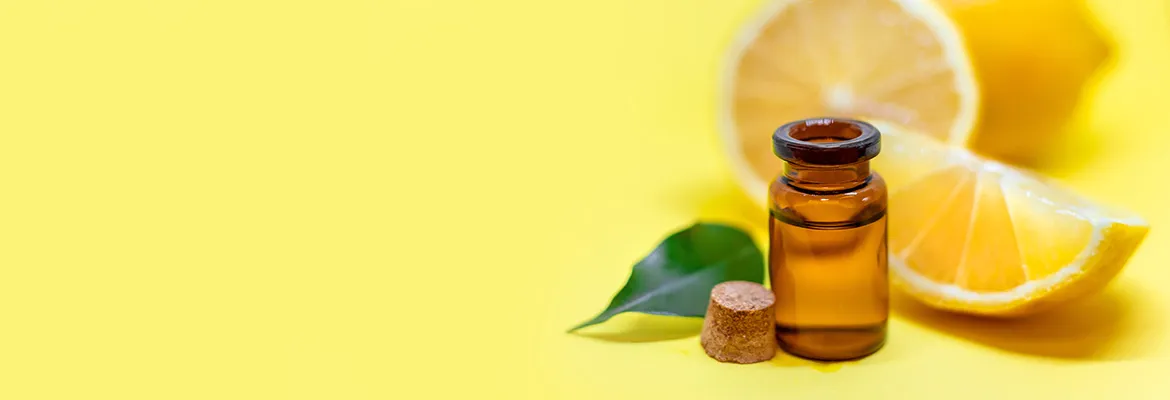
Greases and soaps to remove adhesive residues
Many labels and stickers can be removed with greasy agents. Paper labels are particularly susceptible to this. For this method, simply rub the label with a grease of your choice. Butter, margarine and oil are suitable for this purpose. Leave the grease to work for a few minutes. It should then be possible to remove the sticker. If it did not work completely, try the process a second time and increase the exposure time.
Instead of using grease from the fridge, you can also use greasy products from the bathroom. Soaps and creams can be used to remove adhesive residues without leaving annoying grease stains. Be aware that especially foods such as butter and oil can leave grease stains on sensitive materials such as paper and fine textiles. Therefore, be careful and prefer to use soaps to remove stickers in the beginning.
Erasing adhesive residue - removing stickers in the office
Do you still have small residues stuck to the surface after removing a sticker? Then use an eraser with a blue side. These blue sides are designed for ink, for example, but they also work against some adhesives. Simply erase the excess adhesive residue with the blue side. This method is particularly suitable if you have been able to remove most of the stickers and only have to deal with smaller remnants.
When all else fails - chemical label removers
If all of the previously mentioned remedies do not help, your label adhesive is probably a professional chemical adhesive used in the industry. You will be able to remove the vast majority of labels with the above tips. However, there is also a solution for the stubborn exceptions: professional label solvents. Such solvents are also used, for example, in label printing to clean the printing machines. You can find these cleaning agents and solvents in specialist shops, in very well-stocked DIY shops or in professional online shops. With these agents you should be able to remove even the last adhesive residues.
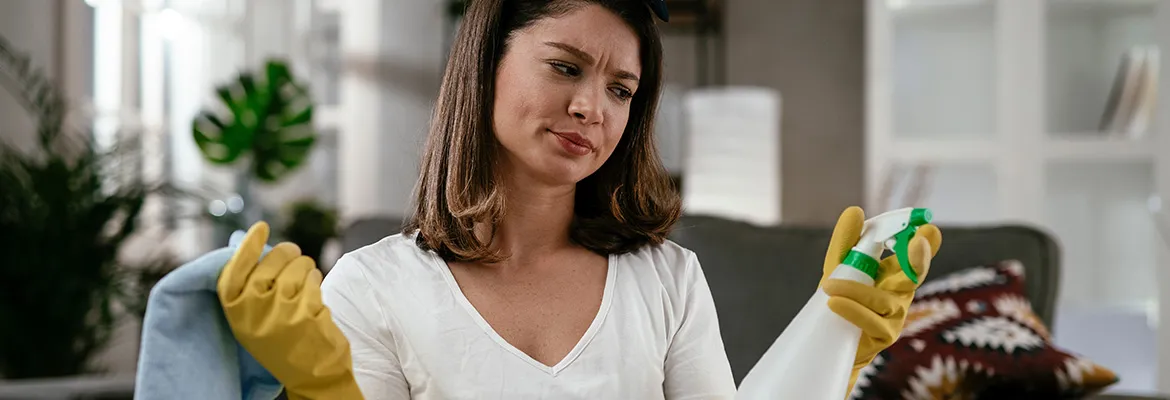
Conclusion - Sticker removal made easy
Removing adhesive residue is no child's play - but if you know what options are available, sooner or later you will be able to remove even the most difficult residue. Just try out several variations until one works. As a rule, you can be sure that one of the above methods will be successful. Sometimes it just takes several attempts - especially if you don't know what type of adhesive was used. In general, natural products are gentler and much more environmentally friendly than chemical solvents. So it is usually worthwhile to start with these methods.

